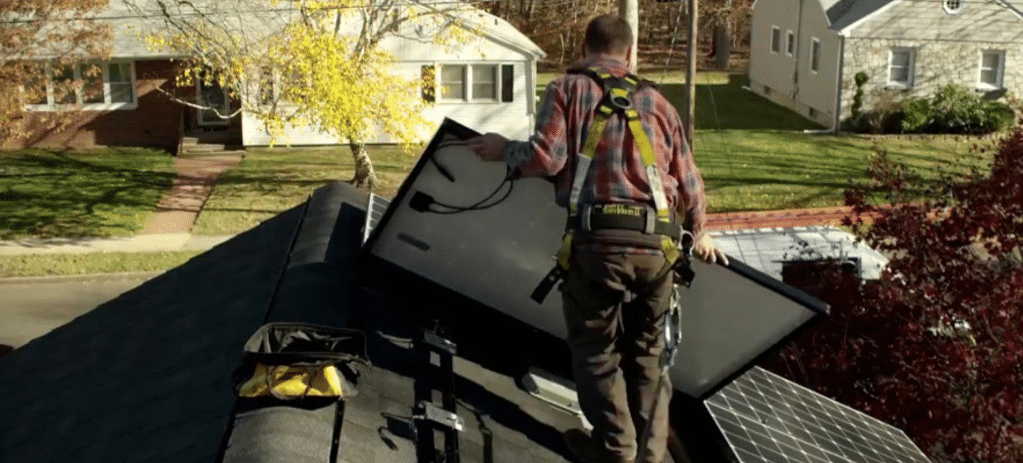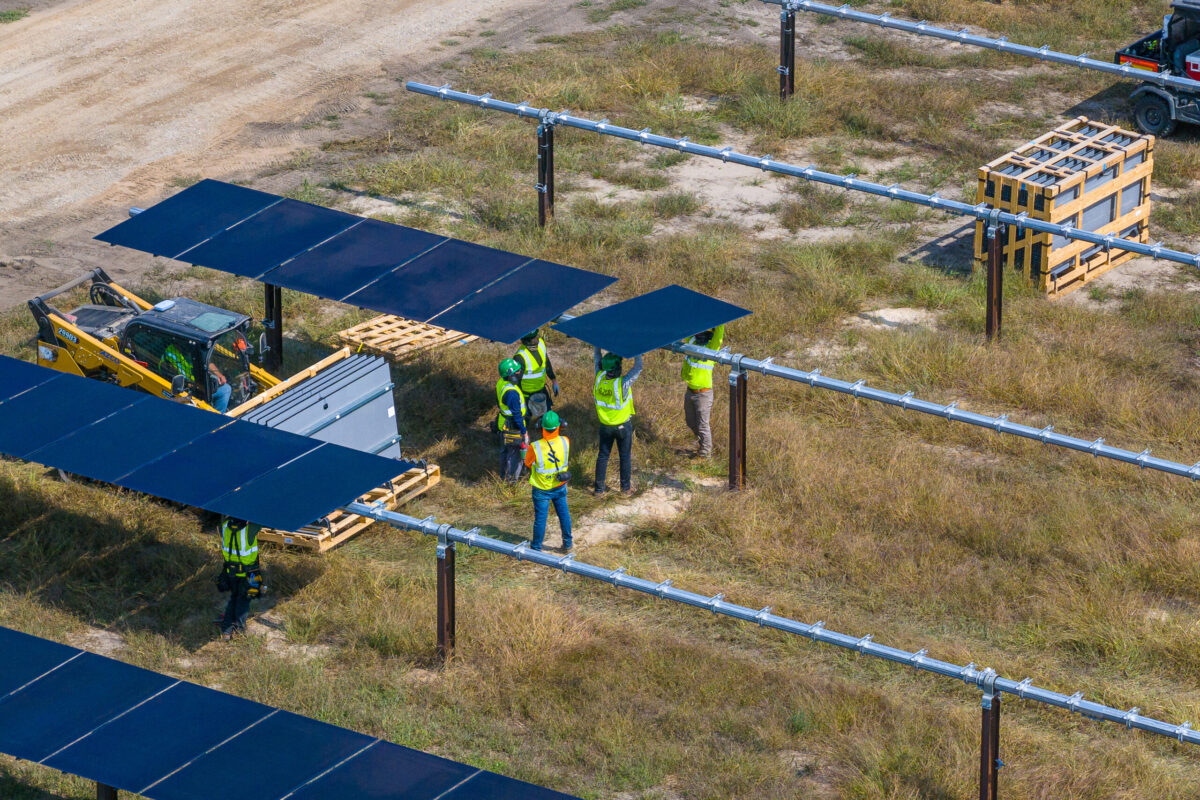A new study, released by researchers with Clean Kilowatts and Lawrence Berkeley National Laboratory, has found that price reductions alone don’t encourage adoption and can still contribute to adoption inequity between high-income and low-to-middle-income (LMI) areas.
The study found that adoption inequity in an era of affordable PV reflects “engrained deployment patterns that funnel PV systems into high-income areas.” It’s no hidden secret that PV deployment has been historically clustered around nodes of early adoption and has been skewed towards high-income areas. A side effect caused by these two realities is that this income-skewed clustering is reinforced by “local peer effects, customer referrals and localized installer marketing.”
Even without inherent disadvantages brought about by the way the residential PV industry has developed, LMI households face adoption barriers of their own that reduce deployment clustering in their areas, like as cash constraints, lower home ownership rates and language barriers.
Ways to close the gap
The report outlines five existing policy and business model interventions that have been introduced to reduce this gap and uses solar adopter income data to develop a new model that predicts how these interventions actually help to decrease the adoption gap. The five intervention models considered by the study are financial incentives, LMI-targeted financial incentives, system leasing, property-assessed clean energy financing (PACE) and solarize campaigns.
In short, financial incentives are things like municipal rebates and the ITC, available to anyone; LMI financial incentives are the same type of rebates, though only available to LMI customers; system leasing is third-party system ownership leased by the homeowner or tenant; PACE is a financing model based on property tax payments; and solarize campaigns are when groups of organizers try to aggregate customer purchasing and installation.
Which methods are effective?
What the researchers found, after building and applying their model — which you can read about in much greater depth here — is that three of the five intervention models can prove to be effective measures to decrease residential PV adoption inequity.
Unsurprisingly, general financial incentives do little to reduce the income adoption gap. While the method increases adoption, it offers no advantages to LMI customers.
The study also found that solarize campaigns have historically done little to increase adoption equality. While they have worked in instances, they are not as reliable on a larger, national scale.
So what works?
The researchers concluded that LMI incentives, leasing and PACE increase PV adoption equity. The model showed that these intervention models shift deployment into underserved markets with lower income levels. The results also suggest that LMI PV penetration rates are higher in areas with intervention-supported systems.
Among these three methods, leasing had the greatest impact in increasing PV penetration rates in LMI areas. LMI incentives surprised the researchers the most, which showed an adoption rate 244% higher than what the researchers initially predicted.
This content is protected by copyright and may not be reused. If you want to cooperate with us and would like to reuse some of our content, please contact: editors@pv-magazine.com.









You can not EAT Solar Panels or put them on a roof you do not own. The poor will get their solar from the utility at the meter and most utilities give special reduced rates for low income customers. If you are rich enough to own your own home, when it comes time to replace your roof, get the Tesla Solar Glass tile roof.